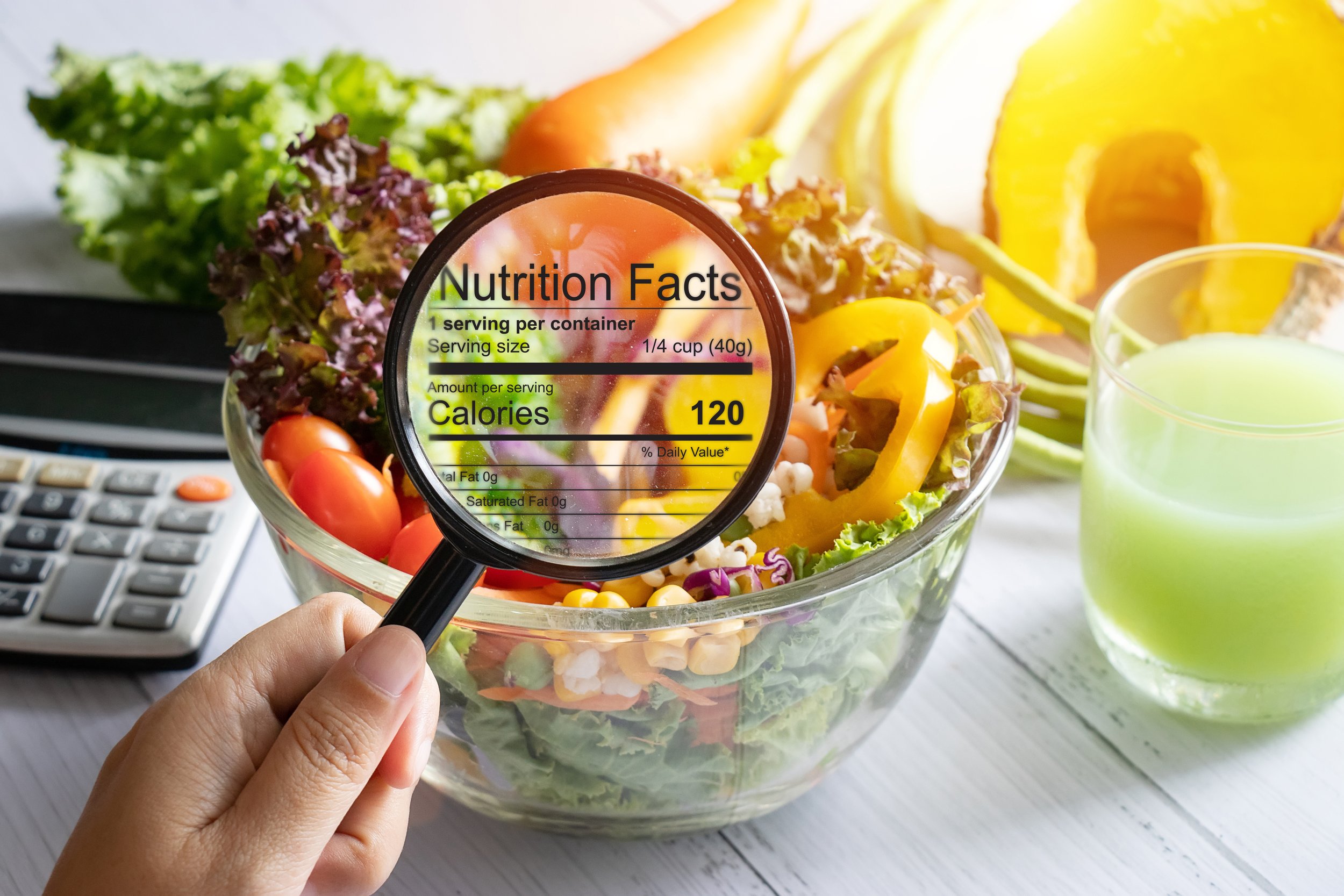Making every bite count …
“Making Every Bite Count:”
Healthy eating can take on a different meaning for all people, given differences in age, culture, lifestyle, family dynamics, food preferences, household budgets and more, which is why there is not (nor should there be) one way of eating for all people to follow. However, decades of research has substantiated the connections between a healthy lifestyle, including key components of a healthful eating pattern (a framework that can be applied to your food preferences), and good health. Within this research, there are key features of a healthful eating pattern that ring true across ages and stages of life and health outcomes.
The Dietary Guidelines for Americans is a government resource updated every five years with the state of the science on health and nutrition. On theme for the current 2020-2025 issue, Americans are urged to “Make Every Bite Count.” Essentially, the foods and beverages that you consume should primarily be choices that contribute to the nutrition you need each day without the addition of things we should limit.
According to the Dietary Guidelines, these are some of the key components included within healthful eating habits for the average healthy individual:[i]
Vegetables of all types, including colorful choices, beans, peas and lentils, starchy and non-starchy vegetables
Fruits, especially whole fruits
Grains, at least half of which are whole grain
Dairy, including fat-free or low-fat milk, yogurt, cheese, and/or lactose-free versions and fortified soy beverages and yogurt as alternatives
Protein, including lean meats, poultry, and eggs; seafood; beans, peas, and lentils; and nuts, seeds, and soy products
Oils, including vegetable oils and oils in food, such as seafood and nuts
And here are things to limit:
Added sugars, amounting to no more than 10 percent of calories starting at age 2
Saturated fat, amounting to no more than 10 percent of calories starting at age 2
Sodium, less than 2,300 milligrams per day (less for kids under 14)
Alcoholic beverages, less is better for health than more (less than 2 drinks per day for men; less than 1 drink per day for women who are not pregnant)
Eating should not be extreme. Strict rules shouldn’t need to be followed at all times, and guidelines should be applicable enough to flex to all lifestyles, food preferences and health conditions. And eating plans should permit balance and variability in your life. Balance in the times that you choose to keep structure on most days but permit yourself some indulgence on others. You should be able to enjoy your food in any and all cases. These are the tenets of a rational approach to food and dietary discipline.
That said, life is full of decisions and people can make their own choices about what is best for their own body. However, with the above pointers for your daily direction, aim to find an approach that works for you that aligns with your best health.
Visit www.myplate.gov for more detail about how to customize the Dietary Guidelines into a daily menu with recipes, shopping tips and more.[ii]
[i] USDA. Dietary Guidelines for Americans 2020-2025. Accessed 11.8.2021 at www.dietaryguidelines.gov.
[ii] USDA. MyPlate.



